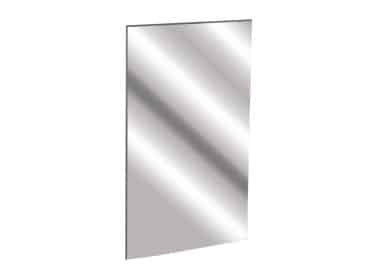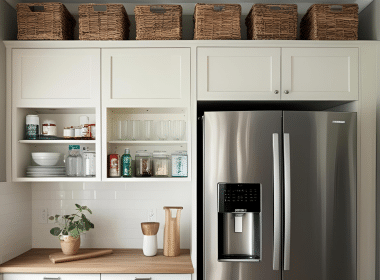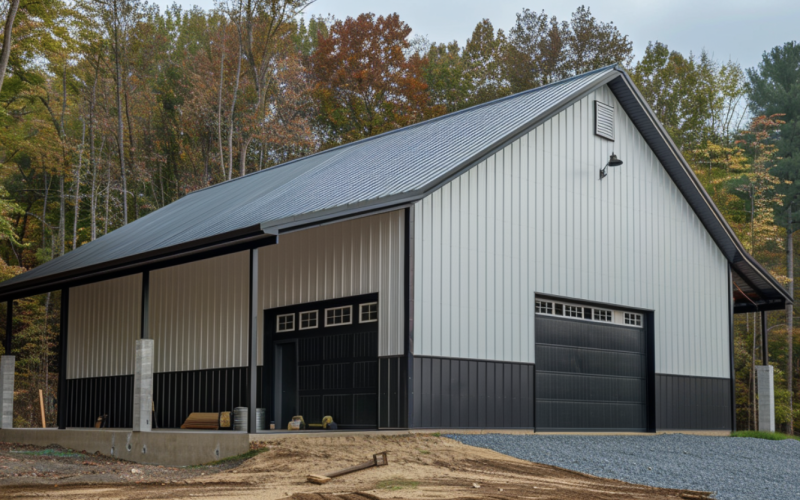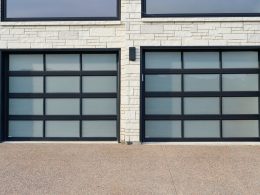Building a barn can be a big task, especially if you’re unsure which type suits your needs. Many people are overwhelmed by the options and unsure of where to start.
Don’t worry – we’re here to help! This article will guide you through the easiest barn type to build, saving you time, money, and effort.
We’ll compare different barn styles, focusing on their construction methods, materials, and overall simplicity.
By the end, you’ll clearly understand which barn type is the most straightforward to construct, even if you’re not an expert builder.
Let’s explore the world of barn building and find the perfect solution for your property.
Easiest Barn to Build: Pole Barns
When it comes to building a barn quickly and with less hassle, pole barns are the top choice.
These structures are known for their simple design and use of fewer materials, making them a favorite among DIY enthusiasts and professional builders.
Pole barns use a basic construction method. Large poles or posts are set into the ground to form the main support structure.
This approach eliminates the need for a traditional foundation, saving time and money immediately.
The simple design of pole barns means they require fewer materials overall. The main components are the support poles, roof trusses, and exterior siding. This keeps costs down and makes the building process more straightforward.
One of the biggest advantages of pole barns is their quick construction time. With fewer complex elements, a pole barn can often be built much faster than other barn types. This speed can be a real plus if you need a structure quickly.
Lastly, the combination of simple design, fewer materials, and faster build time makes pole barns a more budget-friendly option.
For those looking to keep costs under control while still getting a sturdy, functional barn, a pole barn is hard to beat.
Characteristics of Pole Barns

Construction Process
Pole barns have a unique building method that sets them apart. The process starts with setting large poles or posts directly into the ground.
These poles form the main structure and support for the entire barn.
Next, metal siding is attached to the poles to create the walls. The roof is typically made of lightweight yet strong metal sheeting.
Many pole barn kits come with prefabricated parts, making assembly easier and faster.
When considering the longevity of a pole barn, it’s important to think about the quality of the lighting installed. Using durable, energy-efficient lighting solutions can enhance the functionality and safety of your pole barn.
For optimal illumination, consider installing LED pole barn lights, which offer long-lasting performance and low maintenance, ensuring your barn remains well-lit for years to come.
Advantages
Pole barns offer several benefits that make them a popular choice:
- Cost-effectiveness: They use fewer materials and require less labor to build, which helps keep costs down.
- Quick construction: Pole barns’ simple design and lack of need for a concrete foundation mean they can be built faster than other barn types.
- Low maintenance: Materials like steel used in pole barns are long-lasting and need less upkeep.
Disadvantages
While pole barns have many positives, there are a few drawbacks to consider:
- Limited design options: The structural setup of pole barns can restrict some design choices. You might have fewer options for changing the layout or adding features later.
- Less insulation: Compared to stick-built barns, pole barns often have less insulation, which could affect temperature control inside the barn.
Characteristics of Stick-Built Barns
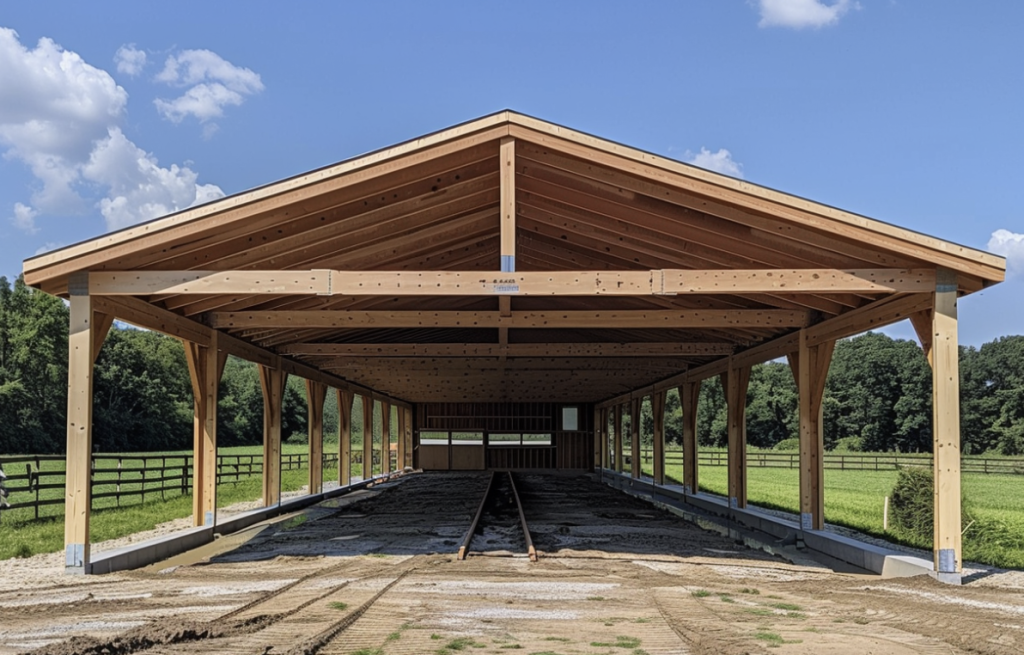
Construction Process
Stick-built barns use a more traditional building method. The process starts with creating a solid foundation.
Then, builders use 2 x 4 or 2 x 6 dimensional lumber to frame the structure, which forms the skeleton of the barn.
The construction involves detailed work, including careful measurements and precise cuts.
Builders add insulation between the framing members, a step-by-step process that allows for a well-insulated and sturdy structure.
Advantages
Stick-built barns offer several benefits:
- Design flexibility: You can easily customize the layout during construction. This allows for changes to room sizes, window placements, and other features as the build progresses.
- Better insulation: The framing method provides more insulation, improving temperature control and energy efficiency. This can make the barn more comfortable in extreme weather.
- Durability: Stick-built barns often use high-quality lumber and engineered wood products. These materials are treated to resist moisture, pests, and decay, potentially leading to a longer-lasting structure.
Disadvantages
While stick-built barns have many positives, there are some drawbacks:
- Longer construction time: The detailed framing and insulation process takes more time. This method requires more manual labor and careful planning.
- Higher costs: Stick-built barns are more expensive than pole barns due to the additional materials and labor time required.
Comparative Analysis: Pole Barns and Stick-Built Barns
Cost and Construction Time
When comparing pole barns and stick-built barns, there are clear differences in cost and build time:
Pole barns typically win in both areas. They use fewer materials and have a simpler construction process, which helps keep costs down.
The straightforward design also means they can be built more quickly, often in just a few weeks.
Conversely, stick-built barns usually cost more and take longer to construct. The detailed framing process and use of more materials increase the price and the time needed to complete the project.
It’s not uncommon for a stick-built barn to take several months to finish.
Design and Insulation
In terms of design options and insulation, the two barn types have different strengths:
Pole barns have some limitations in terms of design flexibility. The placement of support poles can restrict layout changes.
They also tend to have less built-in insulation, which might affect temperature control inside the barn.
Stick-built barns shine in this area. They offer more room for customization during the building process. You can easily adjust room sizes or add features as construction progresses.
They also allow for better insulation, improving energy efficiency and comfort year-round.
Conclusion
After comparing pole barns and stick-built barns, we can see that each type has its strengths. Pole barns are quicker to build and more cost-effective, using a simple design with fewer materials.
However, they offer less design flexibility and insulation. Stick-built barns provide more customization options and better insulation but have higher costs and longer build times.
Pole barns are the top choice for those seeking an easy-to-build option. They offer a practical balance of functionality, speed, and affordability.
When deciding, consider your specific needs and project goals. If you need a functional structure up quickly and want to keep costs down, a pole barn is likely your best bet.
However, a stick-built barn might be worth considering if customization and energy efficiency are priorities and you have more time and budget flexibility.


